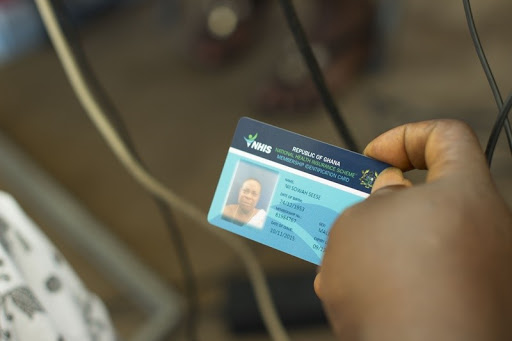Active membership for health insurance topped 16 million in 2020
Available data from the National Health Insurance Authority (NHIA) indicate that the annual active membership for 2020 was 16.2 million.
However, there is a total of 23.8 million unique biometric identities in the NHIA’s database.
That is probably the biggest ID database in the country, according to the Chief Executive Officer of the authority, Lydia Dsane-Selby.
“It is going up now, that it is easier to register and renew,” she said.
The National Health Insurance Scheme (NHIS) is a social intervention programme introduced by the John Kufuor government to provide financial access to quality health care for residents in Ghana.
The scheme is largely funded by the National Health Insurance Levy (NHIL), which is a 2.5% levy on goods and services collected under the Value Added Tax (VAT).
2.5 percentage points of Social Security and National Insurance Trust (SSNIT) contributions per month return on National Health Insurance Fund (NHIF) investments premium are also paid by informal sector subscribers.
Government allocation complements the funding of the scheme.
NHIS subscribers fall into two broad groups, the informal and exempt groups. It is only the informal group that pays a premium. Members of the exempt group do not pay a premium.
Those exempted are formal sector employees and the self-employed who contribute to the Social Security and National Insurance Trust (SSNIT contributors); children (persons under 18 years of age); persons in need of ante-natal, delivery and post-natal health care services (pregnant women); persons classified by the ministry responsible for social welfare as indigents as well as categories of differently-abled persons determined by the ministry responsible for social welfare.
The others are persons with mental disorders, pensioners of the Social Security and National Insurance Trust (SSNIT pensioners), persons above seventy years of age (the elderly) and others in categories prescribed by the ministry responsible for social welfare.
Several categories of health care facilities have been credentialed by the National Health Insurance Authority (NHIA) to provide services to subscribers.
These are Community-based Health Planning and Services (CHPS), maternity homes, health centres, clinics, Polyclinics and primary hospitals (district hospitals, CHAG primary hospitals, quasi- Government primary hospitals and private primary hospitals).
Others include secondary hospitals, tertiary hospitals, pharmacies, licensed chemical shops and diagnostic centres.



